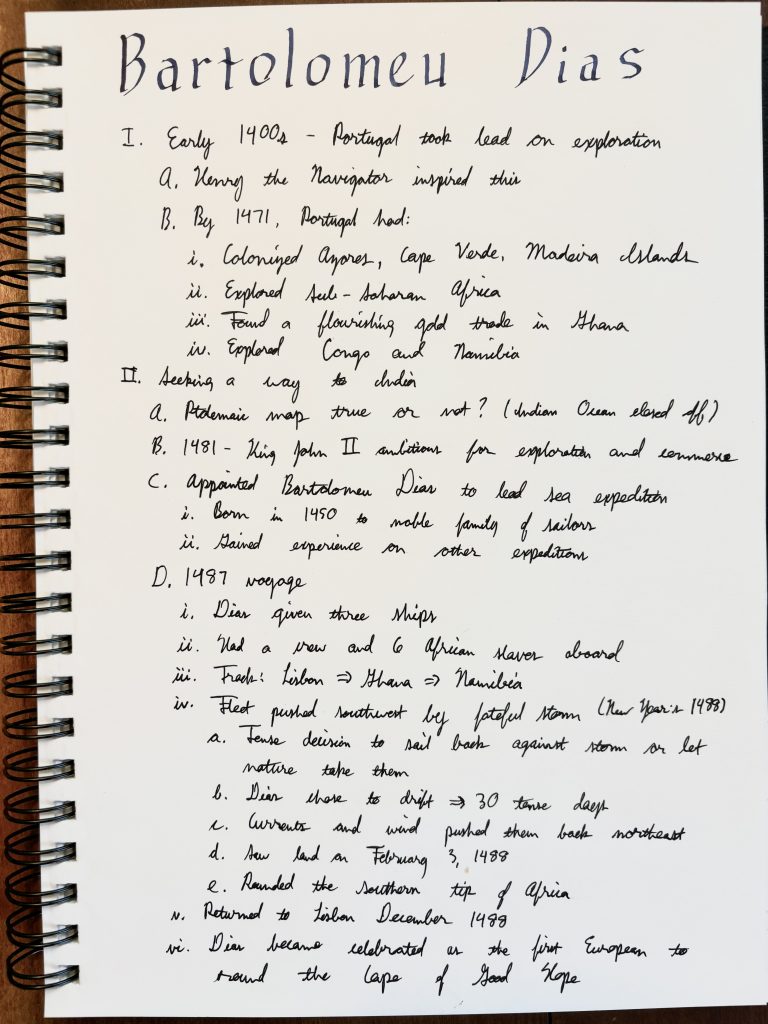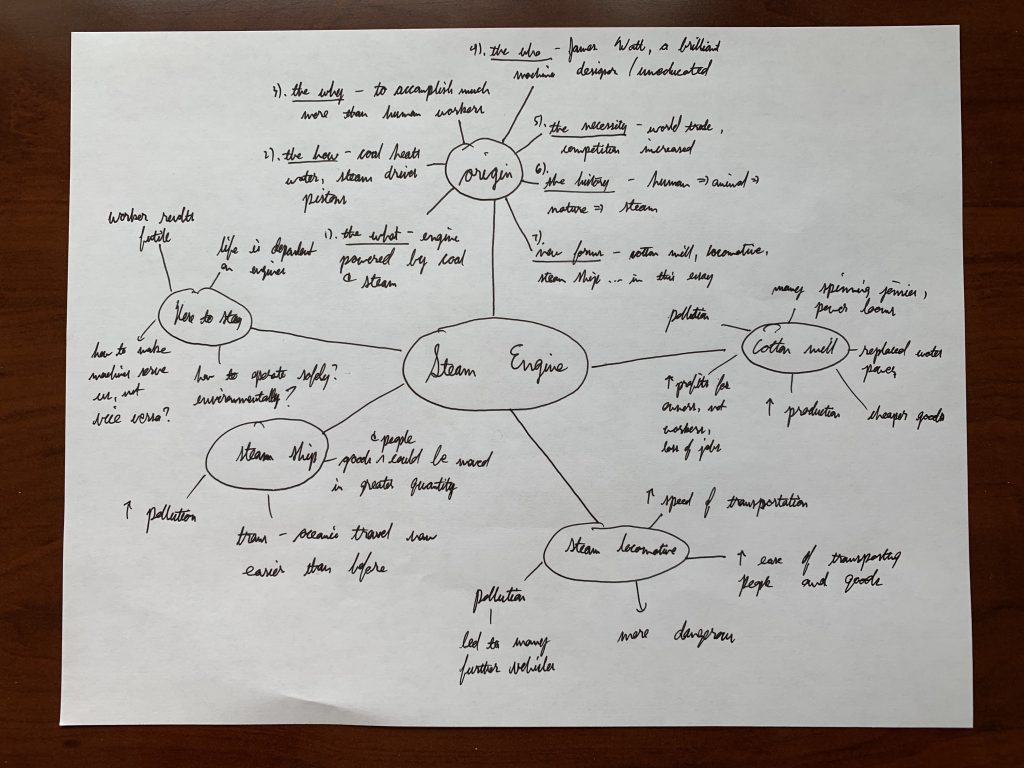In this post, I want to discuss ways to take notes. This is an important skill starting in middle school. It is certainly needed going into high school and beyond. In this article, I will discuss reasons why note taking is important and why notes should be handwritten. Let’s begin with the latter.
Why Take Notes at All?
Taking notes is a way of running information through one’s soul. To begin with, one cannot write down all the information, so one has to decide what is most important. These choices make the student organize and prioritize the content within themselves before writing it down. In other words, it means they are engaging with the material, and that is the basis for remembering it.
The Neuroscience of Note Taking by Hand
Research is showing what Waldorf teachers have already known for decades, that handwriting is a must in education. This is an era when many public and even private schools are no longer teaching cursive and are increasingly using computers. Yet, nothing could be a worse idea for developing students. This is because handwriting uses far more of the brain than typing on a keyboard. As this study suggests, when you’re writing, you’re thinking. When you’re typing, you are not necessarily doing so. Handwriting is a way of thinking with your hands. So, whether you are homeschooling or teaching in the classroom, make your students handwrite their notes.
Methods of Note Taking
Most of us were taught the straightforward method of taking notes and organizing our thoughts. That is, create headings and subheadings and subheadings under the subheadings, and so on. Write out the skeleton of the content that’s like a barebones Christmas tree which can be “adorned” later as an essay when you flush out the ideas. I teach that in my classes as well, and it works well for some students. Here is an example:

Note Taking for Neurodivergence
Next, let’s look at some examples of how to take notes for a student with neurodivergence. (These methods can also be used to organize one’s thoughts before writing an essay.) Neurodivergence is something increasing numbers of parents and teachers are discovering these days whose students are struggling to fit into the boxes of society. Their brains work differently, and they bring unique quirks and challenges along with special gifts. One example is dyslexia. Another is ADHD. Behavior problems, sensory integration issues, the list goes on.
In my lessons, I began introducing alternative forms of taking notes to meet these diverse brains, including my own which just wanted to do things differently. The main shift is making it more visual. It’s like mapping out the ideas rather than listing them. Below are some examples:

In this first example about the steam engine (from our 8th Grade Industrial Revolution Block), I wanted to show how all the ideas connected to one another. For example, on the right I listed the cotton mill and all the ideas connected with it: increased pollution, housing multiple spinning jennies and power looms, the ability to replace water power with steam power, making goods more cheaply, increasing production, and increasing profits for owners though not workers (many of whom lost their jobs). This method of taking notes is sort of like splatter painting, and it works well for a creative mind. A similar example is shown below:

Tips for Homeschoolers
If you homeschool, my earnest supplication is the following. First, even into high school, make your students do the majority or entirety of their work by hand and not on the computer. (I don’t mean the lessons they are taking, but rather the work their are producing). There will be plenty of time later in life for typing and generating computer graphics. For now, keep it in their hands.
Secondly, they should be taking notes about lessons. When they work the material through their souls it becomes their own. It will stick to them more readily that way. Have them experiment with different styles of note taking from the linear and list-based to the visual and map-based. Find out what works best for them, but also challenge them to do what’s not always comfortable for them in order to develop soul flexibility. Good luck!


Leave a Reply
You must be logged in to post a comment.